October Newsletter (2025) – Timothy Hughes Rare & Early Newspapers…
October 17, 2025 by GuyHeilenman · Leave a Comment  Email This Post
|
Email This Post
|  Print This Post
Print This Post
|
|
If you liked this post, you may also enjoy...
- The October (2024) Newsletter from Timothy Hughes Rare & Early Newspapers…
- October newsletter from Timothy Hughes Rare & Early Newspapers…
- Announcing: Catalog #347 for October, 2024 – Rare & Early Newspapers…
- October Newsletter from Timothy Hughes Rare & Early Newspapers…
- Announcing: Catalog #335 for October, 2023 – Rare & Early Newspapers…
The reason I collected it: a single-focus newspaper…
October 13, 2025 by TimHughes · 1 Comment  Email This Post
|
Email This Post
|  Print This Post
Print This Post
The general rule for a newspaper of any era is to report the news of the day on a regular basis, typically daily or weekly. Some have a thematic focus whether it be the slavery issue, the military, masonic events, etc., but even such newspapers maintained a history of publishing on a regular basis.
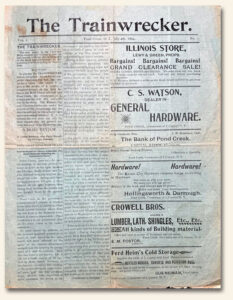 I don’t believe we have previously discovered a newspaper that had a singular focus on a specific event until we acquired “The Trainwrecker” from Pond Creek, Oklahoma Territory, 1894. This is not just a rare title; this could be a unique issue being the volume 1, number 1 issue of a newspaper about which nothing can be found. It is not listed in Gregory’s “Union List of Newspapers”, nor have we found anything on the internet.
I don’t believe we have previously discovered a newspaper that had a singular focus on a specific event until we acquired “The Trainwrecker” from Pond Creek, Oklahoma Territory, 1894. This is not just a rare title; this could be a unique issue being the volume 1, number 1 issue of a newspaper about which nothing can be found. It is not listed in Gregory’s “Union List of Newspapers”, nor have we found anything on the internet.
Its purpose is noted on the front page, and it seems to have a singular focus: the dispute the Pond Creek area had with the Rock Island Railroad.
As a bit of background, I might encourage a visit to “Hell on Rails: Oklahoma Towns at War with the Rock Island Railroad“, which details the backdrop for why this newspaper was created. It is rather convoluted and relates much to how the Indian Territory, now Oklahoma, was settled and how the railroads were a factor in town settlements.
The issue begins with: “The only paper in the Cherokee Strip capable and willing to take up and handle without gloves the action of the Rock Island Railroad, in the pursuance of their policy to rule or ruin.”
Then the “Salutary” begins: “In placing the TRAINWRECKER before the public, we ask for no sympathy–realizing full well the step we have taken. Our object is to give to the people of L county a complete account of the fight between the Rock Island railroad and Pond Creek, the county seat of L county and the only live, energetic city in the Strip…” with much more not just on the front page but on inside pages as well.
It is possible this newspaper existed for just this one issue, but without documenting records we cannot confirm. Printed as it is on green paper, it certainly doesn’t seem as though the publisher planned for a lengthy run.
This is part of the fascination with rare titles, as their scarcity simply implies a lack of information. Although we have encountered other newspapers that failed to exist beyond just a few issues, this is the first that seems to have existed to exploit a singular concern.
Personal note from Guy: “If historical fiction is within your wheelhouse of interests, I found ‘The Assassin’ and ‘The Wrecker’, both by Clive Cussler, fun reads. The former focuses more on the O.T. region (with a mention of some of the locations indicated above), while the latter zeros in on the sabotaging of trains during this era.”
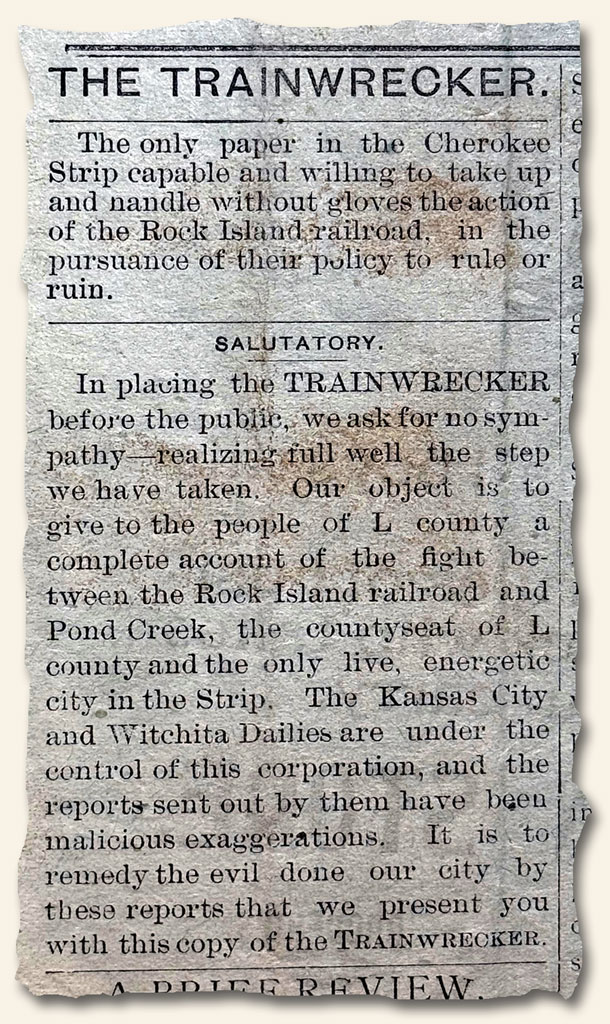
If you liked this post, you may also enjoy...
- Historic printing press returns home…
- The reason I collected it: The Semi-Weekly Argus from Washington Territory…
- First newspapers in Oklahoma…
- The first newspaper in Alabama…
- The reason I collected it: an “association piece” attached…
Who’s Who in Newspapers? Citizen Genêt edition…
October 10, 2025 by GuyHeilenman · 1 Comment  Email This Post
|
Email This Post
|  Print This Post
Print This Post
The 10th installment of Who’s Who in Newspapers
Citizen who? While exploring newspapers from the 18th and early 19th centuries over the past few decades, I noticed the name “Citizen Genet” appearing more than once—always tied to some sort of “affair.” As a novice historian at the time (my academic background is actually in mathematics and engineering), and given my aversion to sensationalized “yellow journalism,” I let it pass. With tens of thousands of fascinating topics to explore through our beloved collectible, I never stopped to uncover who he really was or what his “affair” involved.
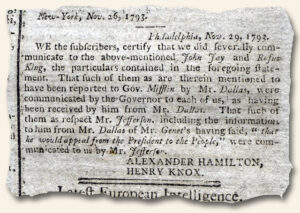 Recently, however, I embraced the old adage that “it’s never too late to learn” and finally took the plunge. What I found was a story worth the effort, one that offered both historical insight and a better appreciation for the newspapers that recorded it. A summary of my discovery is as follows:
Recently, however, I embraced the old adage that “it’s never too late to learn” and finally took the plunge. What I found was a story worth the effort, one that offered both historical insight and a better appreciation for the newspapers that recorded it. A summary of my discovery is as follows:
Edmond-Charles “Citizen” Genet was a French diplomat sent to the United States in 1793 to gain American support for France’s wars with Britain and other European powers. Instead of observing diplomatic protocol, he jumped right into recruiting privateers to attack British ships and encouraging Americans to take up arms against Spain. These moves directly violated President George Washington’s Neutrality Proclamation of 1793. To make matters worse, Genet bypassed Washington altogether and appealed directly to the American public, an act that came across as both disrespectful and threatening to U.S. sovereignty.
The uproar that followed—known as the “Citizen Genet Affair”—quickly became a defining moment in America’s early history. Washington demanded Genet’s recall, reinforcing both the president’s authority in foreign affairs and the new nation’s commitment to neutrality. At home, the controversy deepened political divisions: Federalists supported Washington’s cautious stance, while Democratic-Republicans sympathized with revolutionary France. In the end, Genet was granted asylum in the United States and lived out his life in New York, but his story left behind a lasting lesson in diplomacy and America’s determination to remain independent from foreign influence.
So much for jumping to conclusions regarding his “affair”. I should have known better.
The photos shown are from two articles within the Columbian Centinel, Dec. 11, 1793. – the above in full, and the below of only an excerpt due to the length of the article. If original newspapers on this topic remain available, they would be found at: CITIZEN GENET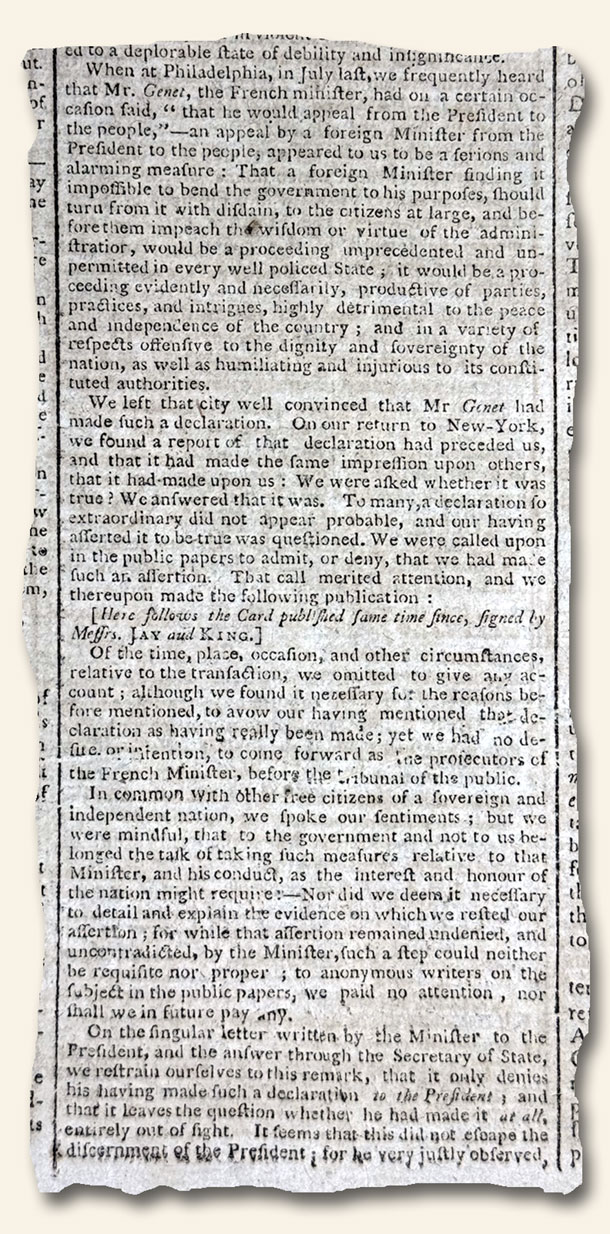
If you liked this post, you may also enjoy...
- The Traveler… the President takes office, again…
- Lead-up to a Nation… as reported in the newspapers of the day (Intro & August, 1775)…
- Who’s Who in Newspapers? Karl Marx edition…
- How shall we address the President?
- The Traveler… Rabbi Gershom Seixas… 1st native-born American rabbi…
What if Germany won World War I ?
October 6, 2025 by TimHughes · Leave a Comment  Email This Post
|
Email This Post
|  Print This Post
Print This Post
Some of the more intriguing newspapers are “futuristic” editions, those printed with a dateline 50 or 75 years in the future, filled with reports of what editors presumed life would be like at that time. They always prove to be very interesting reading.
We recently came upon a “what if” newspaper. Although we’ve had a few, including use of the atomic bomb on American cities, or end-of-the-world scenarios, this issue of “The Liberty Blast” (shown below) is printed as if Germany had won World War I. Although the dateline reads “April 29, 1920”, the editorial on page 2 notes that it was published on April 29, 1918, before World War I had come to an end.
The reporting is fascinating. See the many photos for what the editors thought could have happened. The page 2 editorial in this edition–the first any only of this title–was meant to: “…awaken in the hearts and minds of those who read it a realization of those horrors of a great world war…near to American shores…”.
An interesting issue to read. One of the many treasures to be discovered in the pursuit of this fascinating hobby!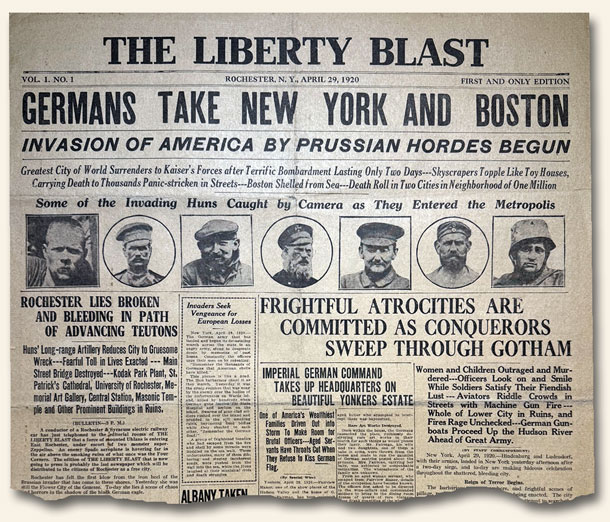
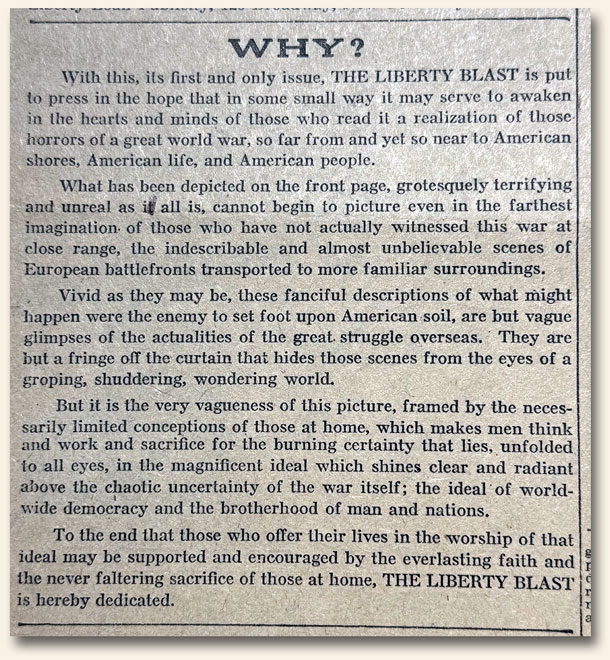
If you liked this post, you may also enjoy...
- Anyone know anything about this newspaper?
- The reason I collected it: Predicting the 21st century from a perch in 1929…
- They put it in print… in two different editions…
- The reason I collected it: just intriguing…
- The reprint issues of the “Honolulu Star-Bulletin” Pearl Harbor issue…
Lead-up to a Nation… as reported in the newspapers of the day (Intro & Sept., 1775)…
October 3, 2025 by GuyHeilenman · Leave a Comment  Email This Post
|
Email This Post
|  Print This Post
Print This Post
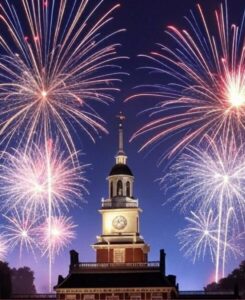
British News Delayed – Lead-up to a Nation (E5)
Lord Dunmore and Colonial Unrest – Lead-up to a Nation (E6)
Patrick Henry – Lead-up to a Nation (E7)
Benjamin Franklin – Lead-up to a Nation (E8)
We hope you are enjoying this year-long trek to the 250th anniversary of The United States through the eyes of those who were fully engaged, first hand. As mentioned previously, all accounts are roo0ted in what they read in the newspapers of the day.
“History is never more fascinating than when read from the day it was first reported.” (Timothy Hughes, 1975)
If you liked this post, you may also enjoy...
- Lead-up to a Nation… as reported in the newspapers of the day (Intro & August, 1775)…
- September thru time (50, 100, 150, 200, & 250 years ago) – 2018 edition…
- A September, 2017 stroll back thru time – 50, 100, 150, 200, & 250 years ago…
- A September stroll thru time… 1815… 1865… 1915… 1945…
- Is it Patriot Day, Patriot’s Day, or are they interchangeable?
Announcing: Catalog #359 for October, 2025 – Rare & Early Newspapers…
September 30, 2025 by GuyHeilenman · Leave a Comment  Email This Post
|
Email This Post
|  Print This Post
Print This Post
|
|
If you liked this post, you may also enjoy...
- Announcing: Catalog #358 for September, 2025 – Rare & Early Newspapers…
- Announcing: Catalog #357 for August, 2025 – Rare & Early Newspapers…
- Announcing: Catalog #348 for November, 2024 – Rare & Early Newspapers…
- Announcing: Catalog #356 for July, 2025 – Rare & Early Newspapers…
- The October (2024) Newsletter from Timothy Hughes Rare & Early Newspapers…
The many views of Niagara Falls – inspirating wood-cut illustration…
September 26, 2025 by Laura Heilenman · Leave a Comment  Email This Post
|
Email This Post
|  Print This Post
Print This Post
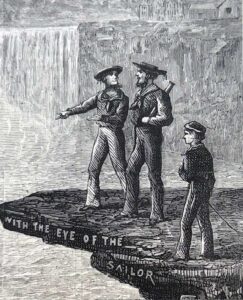 Decades ago, when my husband and I called Lancaster County, Pennsylvania, our home, we were immersed in a world where the Amish community was a constant presence – their simple way of life woven into the fabric of our daily existence. For fourteen years, we lived among the rolling farmlands, the clip-clop of horse-drawn buggies, and the quiet resilience of a people who shunned modern conveniences. Yet, despite this proximity, we rarely partook in the activities that drew countless visitors to Lancaster County’s doorstep. We never sat at an Amish family’s kitchen table, savoring a meal steeped in tradition. We never climbed aboard a buggy for a leisurely ride through the countryside, nor did we ever step foot in Dutch Wonderland – that colorful amusement park that beckons tourists with its promise of family-friendly thrills.
Decades ago, when my husband and I called Lancaster County, Pennsylvania, our home, we were immersed in a world where the Amish community was a constant presence – their simple way of life woven into the fabric of our daily existence. For fourteen years, we lived among the rolling farmlands, the clip-clop of horse-drawn buggies, and the quiet resilience of a people who shunned modern conveniences. Yet, despite this proximity, we rarely partook in the activities that drew countless visitors to Lancaster County’s doorstep. We never sat at an Amish family’s kitchen table, savoring a meal steeped in tradition. We never climbed aboard a buggy for a leisurely ride through the countryside, nor did we ever step foot in Dutch Wonderland – that colorful amusement park that beckons tourists with its promise of family-friendly thrills.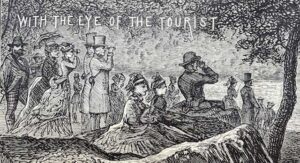
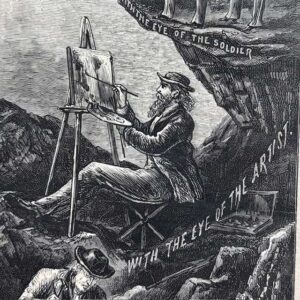
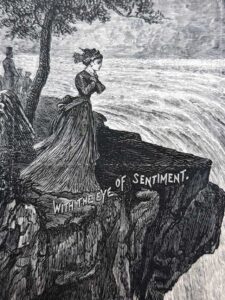 If we could train ourselves to view our surroundings through multiple sets of eyes—through the curious gaze of a child, the weathered perspective of an elder, or the fresh wonder of a newcomer—what richness we might uncover. Imagine the billions of impressions we could gather, each one a thread in the tapestry of our experience, pulling us toward the next moment with a heightened sense of anticipation and urgency. To live this way, with eyes wide open to the infinite possibilities around us, would be to embrace a life brimming with discovery, where every step forward is an invitation to marvel at the world anew.
If we could train ourselves to view our surroundings through multiple sets of eyes—through the curious gaze of a child, the weathered perspective of an elder, or the fresh wonder of a newcomer—what richness we might uncover. Imagine the billions of impressions we could gather, each one a thread in the tapestry of our experience, pulling us toward the next moment with a heightened sense of anticipation and urgency. To live this way, with eyes wide open to the infinite possibilities around us, would be to embrace a life brimming with discovery, where every step forward is an invitation to marvel at the world anew.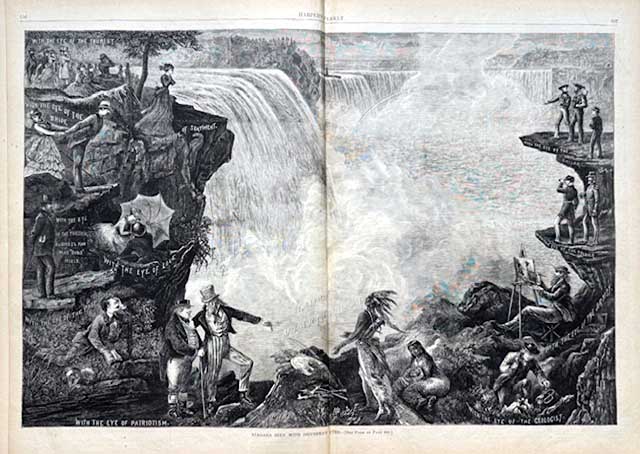
If you liked this post, you may also enjoy...
- A Thankful Heart from the Mouth of Babes…
- A lament of a dying soldier…
- “Life’s Poetry”… Food for thought…
- Special Moment: Father and Daughter – A Handshake for the Century…
- Recalling Paul Revere’s ‘midnight ride’…
Deal of a Lifetime… Doubling America with the Louisiana Purchase…
September 22, 2025 by Laura Heilenman · Leave a Comment  Email This Post
|
Email This Post
|  Print This Post
Print This Post
Everyone loves feeling as if they stuck a great deal! Coming off of Amazon Prime Days, many Americans are probably pretty pleased with their purchases; however, none of our delight can compare with what former Special Envoy James Monroe must have felt as he finalized the deal for the Louisiana Purchase… 3 cents/acre… 828,000 square miles… expanding the breadth of his country … setting the stage to establish a “hands-off” foreign policy doctrine as president 20 years later. Men like Monroe, who influenced our country’s founding by sculpting our future in a series of steps, helped define who America would be some 250 years later. On November 2, 1803, the COLUMBIAN CENTINEL covered the purchase of the Louisiana Territory and the NILES’ WEEKLY REGISTER, Baltimore, Dec. 6, 1823 later covered Monroe’s Annual Message to Congress as President in which he detailed his now famous Monroe Doctrine. I love seeing steps in the sand leading from our county’s founding to our 250th birthday, detailed in newspapers of the day. Well done President Monroe! You found us a GREAT deal!
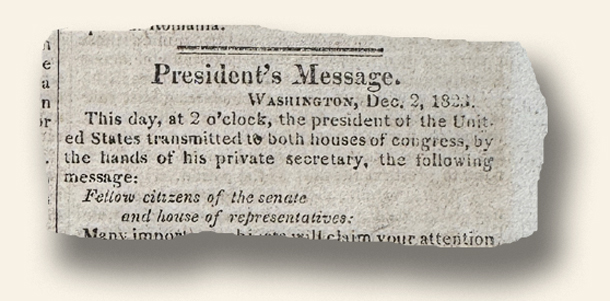
If you liked this post, you may also enjoy...
- Most historic pre-Civil War 19th century event…
- The Louisiana Purchase is useless to the United States…
- Snapshot 1945… America’s youth are too soft…
- First newspapers in Louisiana…
- Reflection: George Washington’s Birthday…
The reason I collected it: our most remote newspaper yet…
September 15, 2025 by TimHughes · Leave a Comment  Email This Post
|
Email This Post
|  Print This Post
Print This Post
In addition to newspapers with historical content, or graphic presentations, or among the smallest (or largest) possible, another “extreme” that has fascinated me has been those that are exceedingly remote. We have an issue or two of the “Alaska Forum” which is the northernmost American newspaper to be found, but our discovery of “The Penguin Post” from 1957 trumps it in terms of being as close to one of the poles as possible.
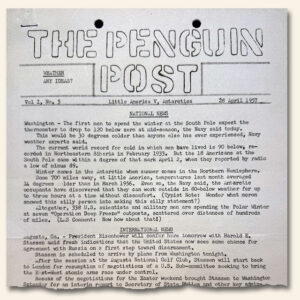 This is a fascinating “newspaper” from near the South Pole, published at “Little America V” in Antarctica. It has an intriguing history.
This is a fascinating “newspaper” from near the South Pole, published at “Little America V” in Antarctica. It has an intriguing history.
“Little America” was a series of Antarctic exploration bases from 1929 to 1958 located on the Ross Ice Shelf, south of the Bay of Whales. They were built on ice that is moving very slowly, the relative location on the ice sheet moves and eventually breaks off into an iceberg.
There were five such exploration bases, this being the last. Little America V was established on January 3, 1956, at Kainan Bay, some 30 miles east of Little America IV, as part of Operation Deep Freeze. Little America V served as the American base in the South Polar program in the International Geophysical Year, from July 1, 1957, to December 31, 1958. It was constructed by United States Navy Seabees in the three-month window before the Antarctic winter made construction nearly impossible. All of Little America V was constructed below the snow line in the ice, with individual living quarters, a generator room, a cafeteria, and ramps leading out at one end for tracked vehicles. This type of construction meant that none of those staying in Little America V had to go outdoors in the harsh winter when going from one section to another of the Antarctic town.
This–thus far–is assuredly the southernmost newspaper we have found.
If you liked this post, you may also enjoy...
- A Labor Day Weekend Tribute through rare newspapers…
- Scientific American & the Harlem River… 1890…
- The Traveler… permission to buzz the dome… if things could be redone…
- The Eyes are the Windows to the Soul … But not for Adolph Hitler
- The Traveler… greetings… and something to chew on…
Is it Patriot Day, Patriot’s Day, or are they interchangeable?
September 11, 2025 by GuyHeilenman · Leave a Comment  Email This Post
|
Email This Post
|  Print This Post
Print This Post
Is it Patriot Day? Yes. Is it Patriot’s Day? Yes again. Are they interchangeable? If someone had asked me yesterday, I would have thought they were one and the same; but the answer is: No! So, for those like me who thought they were one and the same, I hope what follows clears things up.
 Patriot Day
Patriot Day
Patriot Day is a United States observance held every year on September 11 to honor the nearly 3,000 people who lost their lives in the terrorist attacks on September 11, 2001. Established by a joint resolution of Congress and signed into law in 2002, the day commemorates the victims of the attacks on the World Trade Center, the Pentagon, and United Airlines Flight 93, as well as the first responders who risked and sacrificed their lives. Americans observe the day with moments of silence, memorial services, and the lowering of flags to half-staff as a tribute to national resilience and remembrance.
Shown to the left is a report from the Los Angeles Times, dated Sept. 11, 2001.
Patriot’s Day
Patriots’ Day is a U.S. holiday commemorating the battles of Lexington and Concord, the first military engagements of the American Revolutionary War, fought on April 19, 1775. It originated in Massachusetts in the late 19th century to honor the bravery and sacrifice of colonial militiamen who resisted British forces. The holiday is observed annually on the third Monday in April, primarily in Massachusetts and Maine, with re-enactments, parades, and athletic events like the Boston Marathon. Patriots’ Day serves as a reminder of the American colonies’ fight for independence and the birth of the United States.
The following is a report from The New England Chronicle dated Sept. 7, 1775.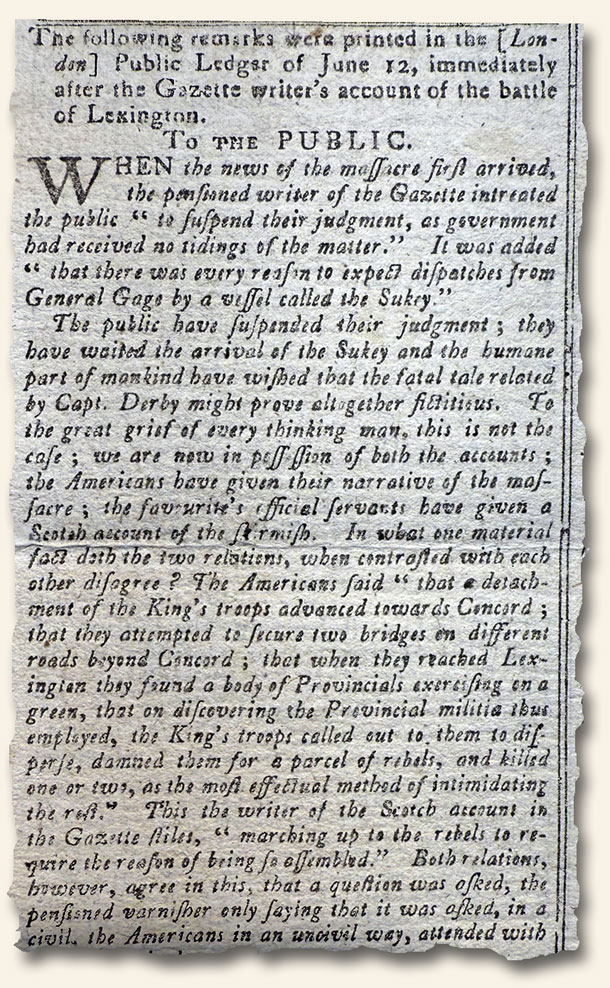
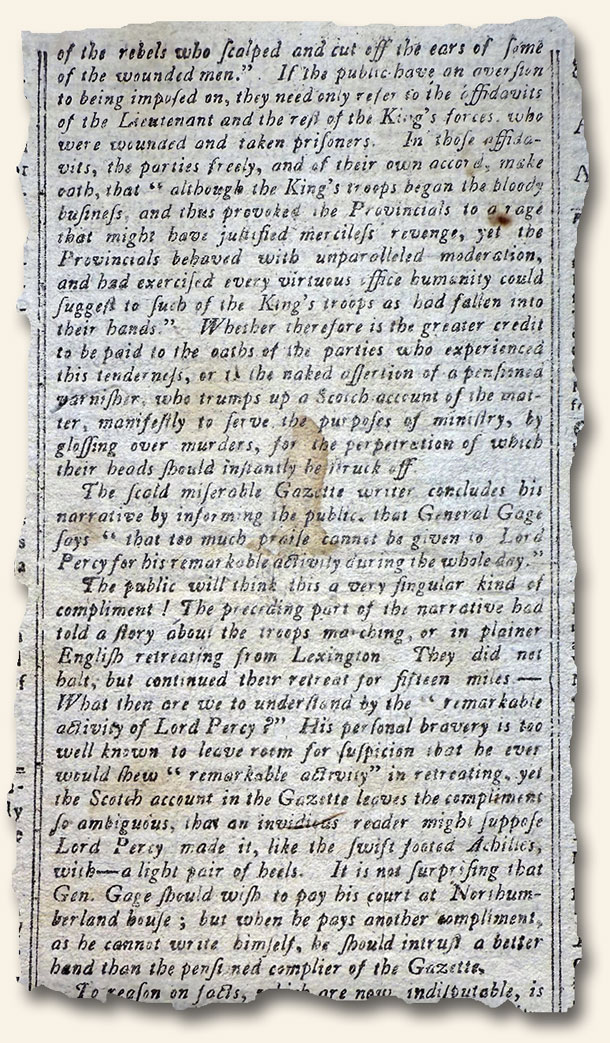
If you liked this post, you may also enjoy...






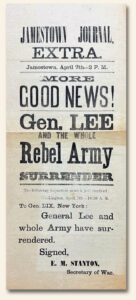 October’s catalog (#359)
October’s catalog (#359)